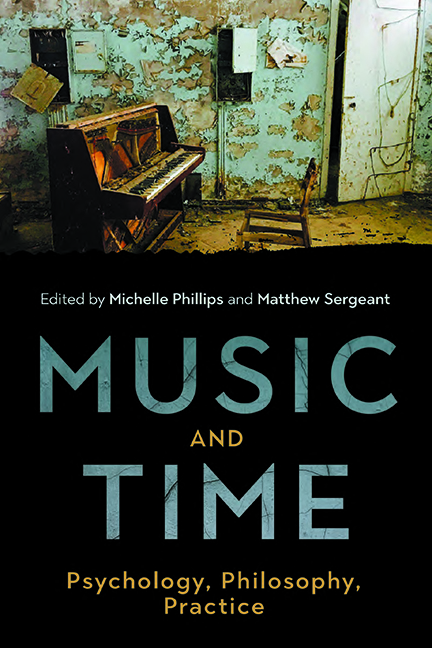9 - ‘Nothing Really Changes’: Material Processes in and as Time in hearmleoþ—gieddunga
Published online by Cambridge University Press: 07 October 2022
Summary
Notation and Temporality
In this chapter I explore issues of process and musical time in a series of works that employ graphic notation, electronic materials, and Anglo-Saxon art and language, titled hearmleot—gieddunga. The choice of materials is not arbitrary: I am interested in the ways that artistic expressions and processes of the past may link the past and the present and provide approaches to the aesthetic questions that are raised by contemporary artists. The pieces that I will discuss continue some of the related themes of iterative processes and the investigation of art in much earlier artistic cultures (such as the Ice Age and the Bronze Age) that can be found in the projects entoptic landscape and ijereja. As a collection, these pieces pose questions about the link between the temporal experiences of music in the present and its material culture and practice, beyond the sonic. Taken together these pieces and practices question the temporal nature of the practice of graphic notation and its role as a ‘layer’ in the temporal exploration of past-ness and present-ness. More generally, heterochronicity and layered time are explored, and I question whether it makes sense to temporally separate notation and performance, or whether these might be better considered temporal layers of the work. The historical circumstances of the creation of art can be assumed to be both not so different from those of today, and also radically so. Past artworks are not only extant examples of past artistic practices, but themselves material cultures that can be re-created and re-experienced through contemporary practice. Such practices link the past and the present. The pieces that hearmleot—gieddunga draws together, in their temporal element, pose questions about the link between the temporal experiences of music in the present and its material culture and practice, beyond the sonic and related to the performing and listening body. As such, this chapter explores the ‘present-ness’ of the work as well as its constructions of time within and beyond its boundaries, and as signified by the musical object as a work and as a score.
hearmleot—gieddunga was created in collaboration with Alistair Zaldua as a performer of live electronics and violin, and Josh Cannon, who introduced further creative practices in the studio.
- Type
- Chapter
- Information
- Music and TimePsychology, Philosophy, Practice, pp. 147 - 161Publisher: Boydell & BrewerPrint publication year: 2022



